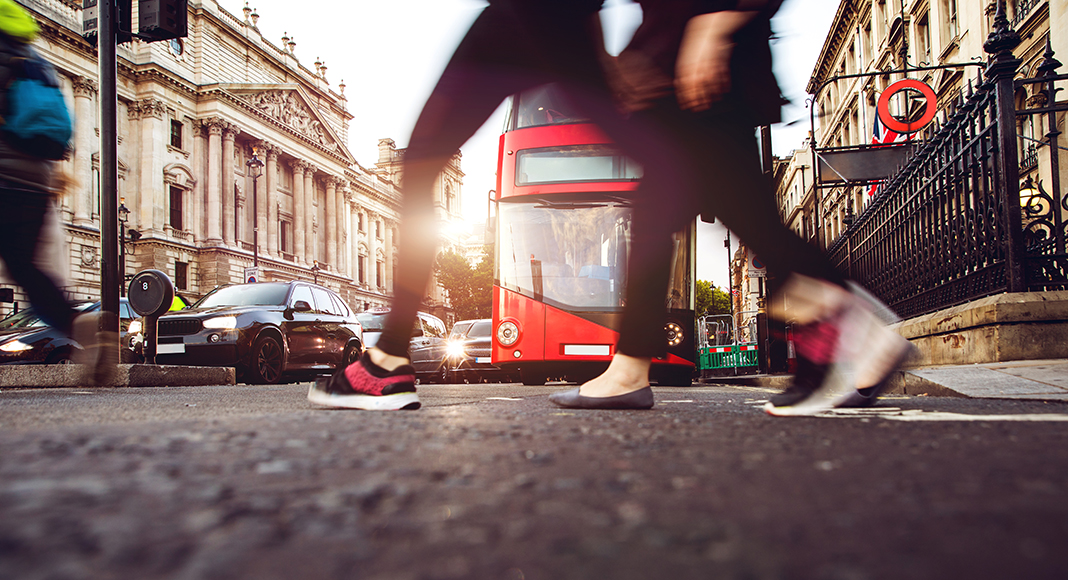Changes to the Highway Code have introduced a hierarchy of road users, creating “clearer and stronger” priorities for pedestrians.
In the new Highway Code, the Department for Transport explains that:
The road users most at risk from road traffic are pedestrians, in particular children, older adults and disabled people, cyclists, horse riders and motorcyclists. It is particularly important to be aware of children, older adults and disabled people, and learner and inexperienced drivers and riders. In any interaction between road users, those who can cause the greatest harm have the greatest responsibility to reduce the danger or threat they pose to others.
The new rules come into force on 29 January.
Below is a summary of the main changes related to the Hierarchy of Road Users.
- Drivers of large passenger vehicles/heavy goods vehicles now have the greatest responsibility to reduce the danger posed to others.
- Drivers at a junction should give way to pedestrians crossing or waiting to cross a road into which or from which they are turning.
- Drivers MUST give way to pedestrians on a zebra crossing, and to pedestrians and cyclists on a parallel crossing.
- Drivers should give way to pedestrians waiting to cross a zebra crossing, and to pedestrians and cyclists waiting to cross a parallel crossing.
- Only pedestrians may use the pavement. Pedestrians include wheelchair and mobility scooter users.
- Pedestrians may use any part of the road and use cycle tracks as well as the pavement, unless there are signs prohibiting pedestrians.
- You should not cut across cyclists, horse riders or horse drawn vehicles going ahead when you are turning into or out of a junction or changing direction or lane, just as you would not turn across the path of another motor vehicle.
- Do not turn at a junction if to do so would cause a cyclist, horse rider or horse drawn vehicle going straight ahead to stop or swerve. You should stop and wait for a safe gap in the flow of cyclists if necessary. This includes when cyclists are:
– approaching, passing or moving off from a junction
– moving past or waiting alongside stationary or slow-moving traffic
– travelling around a roundabout
- Give motorcyclists, cyclists, horse riders and horse drawn vehicles at least as much room as you would when overtaking a car. As a guide: ─ leave at least 1.5 metres when overtaking cyclists at speeds of up to 30mph, and give them more space when overtaking at higher speeds ─ pass horse riders and horse-drawn vehicles at speeds under 10 mph and allow at least 2 metres of space ─ allow at least 2 metres of space and keep to a low speed when passing a pedestrian who is walking in the road (for example, where there is no pavement).
Remember, the aim of The Highway Code is to promote safety on the road, whilst also supporting a healthy, sustainable and efficient transport system. Many of the rules in the Code are legal requirements, and if you disobey these rules you are committing a criminal offence. Such rules are identified by the use of the words ‘MUST/MUST NOT’.
While the new hierarchy of road users places a greater emphasis on the responsibilities of those who can cause the greatest harm in the event of a collision, it’s important that ALL road users are aware of The Highway Code, are considerate to other road users and understand their responsibility for the safety of others.
See the full table of changes to the Highway Code.



















